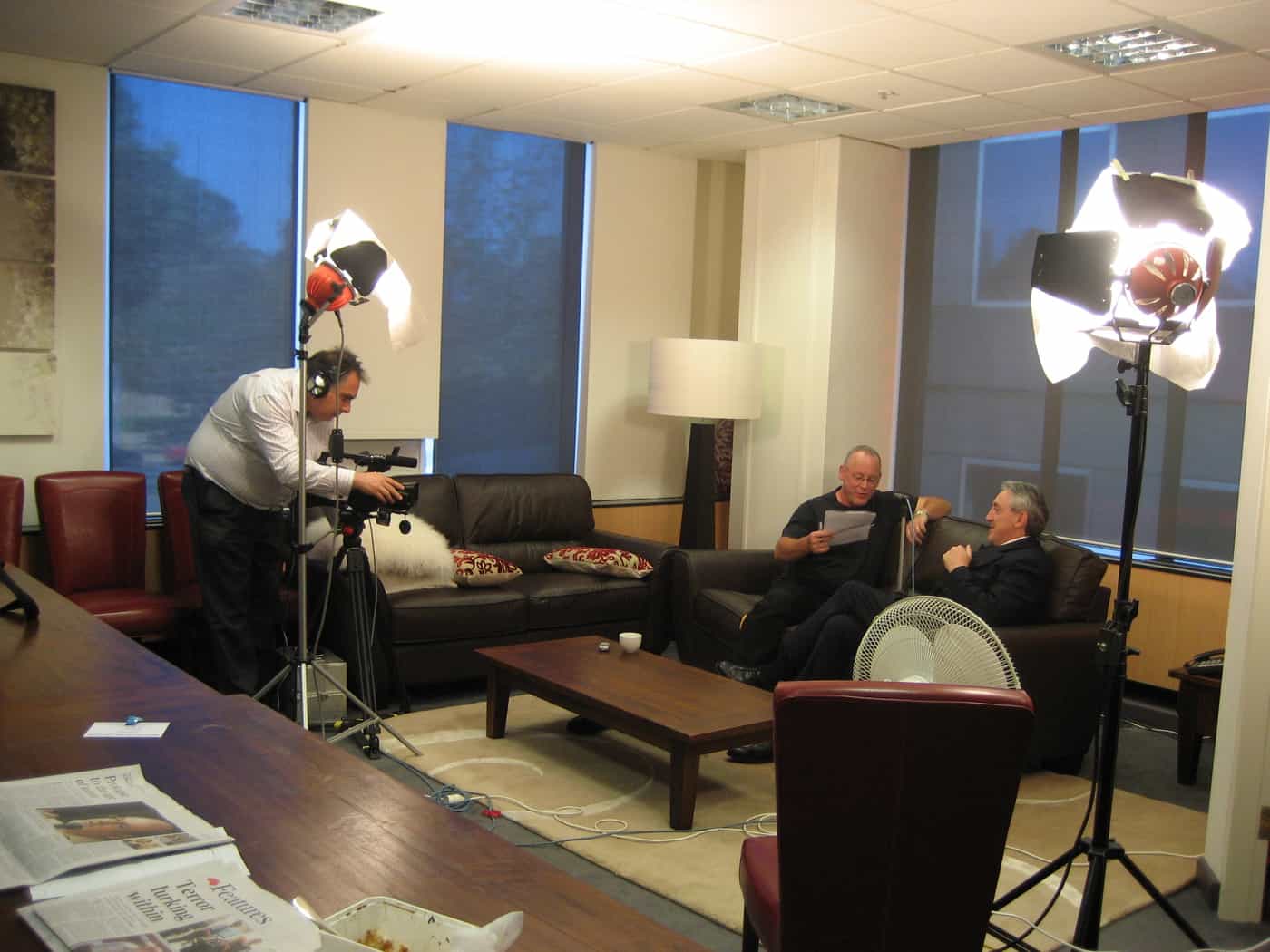The Australian Institute of Health and Welfare has released a report on the labour force effects of chronic illnesses. The report, Chronic disease and participation in work,
shows that chronic diseases are associated with more days off work and/or being out of the workforce, and some of the biggest culprits are depression, arthritis and asthma.
The report focuses on chronic illnesses rather the workplace impacts of the illnesses themselves but there is information that is relevant to how we manage our employees and psychosocial hazards. For instance the report says
Arthritis, asthma and depression were associated with 76% of the total loss due to days away from work (29% associated with depression, 24% with arthritis and 23% with asthma).
For people participating full-time in the labour force, there was a loss of approximately 367,000 person-years associated with chronic disease, approximately 57,000 person-years in absenteeism associated with chronic disease and 113,000 person-years were lost due to death from chronic disease.
The report acknowledges that any estimates of loss are underestimated and also provides very useful data on chronic diseases and absenteeism
Loss due to absenteeism from full-time and part-time employment was calculated as the difference between the number of days off work for people with chronic disease, and the number expected if age and sex-specific rates of absenteeism among people without chronic disease applied.
The loss from absenteeism associated with chronic disease was approximately 500,000 days per fortnight. This was equivalent to approximately 13.2 million days per year or 57,000 person-years of full-time participation (assuming 48 working weeks of 5 days duration with 10 public holidays per year).
About two-thirds of this cost was carried by males, and people aged 35-44 and 45-54 years accounted for the majority (75%) of lost days.
Analysis of absenteeism by specific chronic disease showed that depression, arthritis and asthma were associated with around 76% of days away from work.



